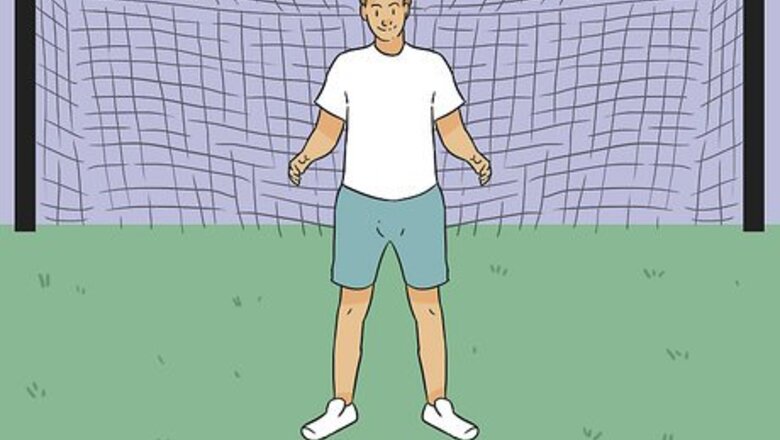
views
Perfecting Your Dive
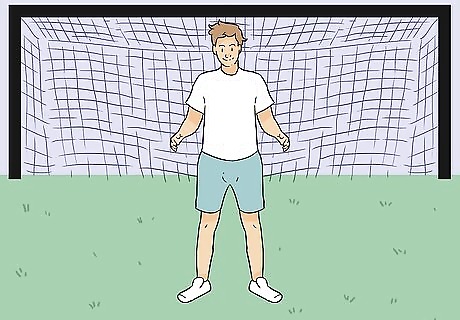
Position yourself in front of the goal. This move was first used by a goalie and is normally used for defense. For practicing, stand in front of the goal along the goal line. For real games, keep in mind that you won’t be standing in one spot. A shot could come from anywhere and you need to be ready to defend it.
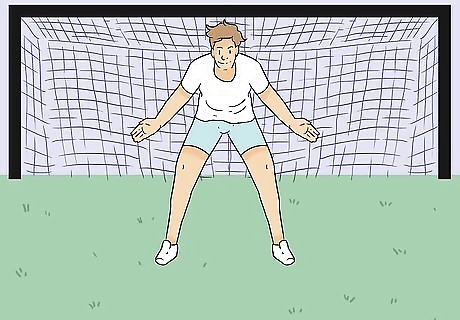
Start with the basic goalie stance. Stand with feet shoulder width apart, knees slightly bent, and your weight on the balls of your feet. Keep your hands out in front of you for balance and being ready to catch a ball. This will prepare you for jumping and moving quickly to be ready to do a scorpion kick.
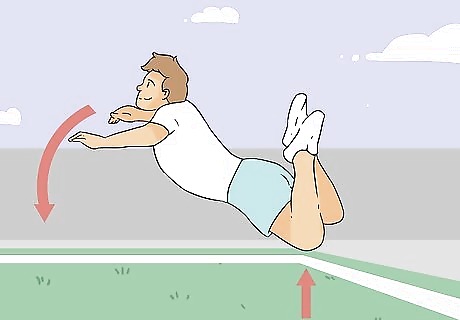
Jump up and out in front of you. Spring up into the air and aim your body forward. A good rule of thumb is that your body goes where your nose goes, so move your head forward to make your body horizontal as you fall. It may be disconcerting at first to dive out onto solid ground, so think of diving as if you were going to do a belly flop into a pool.

Kick your legs over your head. As you begin to reach the end of your dive, kick both legs up behind you. Arch your back so that you can get your feet into the air as high as possible. Keep your feet together so that you don’t kick the ball crookedly. Your knees may bow out so that you can bring your feet higher above your head, but the key is to keep your feet together for maximum kicking power. Align your shoulders, hips, and feet in a straight line so that your feet are straight as well. Squeezing your leg muscles and glutes will help train your body to stay straight.

Catch yourself with your hands. Use your hands to guide your chest down to the ground and then roll the rest of your body down as well. After your hands and chest reach the ground, you want to follow through with your hips, then knees, then feet. This will take the edge off the impact of hitting the ground. Landing improperly after the dive is how injuries can occur if you’re not careful. Practice on soft grass or a gym mat if you’re concerned about hurting yourself. Perfecting your technique before using this trick in a game will help prevent injuries as well.
Kicking the Ball
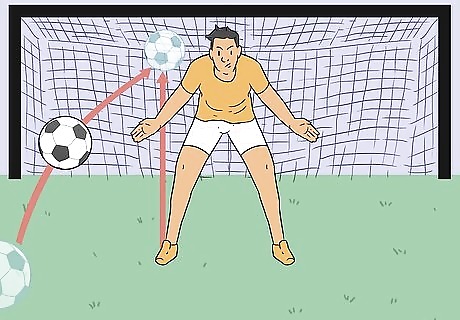
Wait for the ball to come to you. As the ball comes toward you, it should be roughly as high as your head. When you dive, your feet should be coming up to where your head was. You may need to move yourself to be in line with the ball. It should come down towards you at an angle, not directly above you or directly at you. Getting the timing and ball positioning just right is the trickiest part of this save. Have a friend or coach toss the ball for you so you can get used to where you you want the ball to be in order to kick it. For practicing on your own, you can balance the ball behind your neck and as you dive forward, then pop it behind you to catch it with your feet.
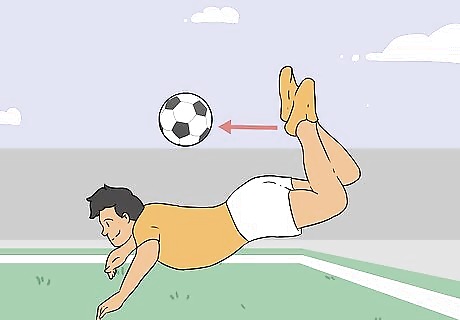
Dive into the kick and hit the ball with your heels. You want to hit the ball with both of your heels and not the balls of your feet. The most power will come from your heels and it’s easier to angle them up. If you hit the ball with the balls of your feet, you’re more likely to angle the ball down towards your head and not out away from the goal.
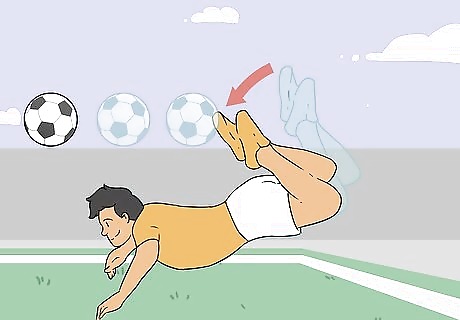
Use your legs to follow through with the kick. Complete the kick by continuing to stretch your legs behind your back after your kick the ball. Following through is a technique used in many sports and it helps to direct the ball where you’re aiming it.
Using the Kick for Scoring

Angle your body toward the goal. When using this kick offensively, be aware that the ball could be coming from any direction around you. Pay attention to where the ball is coming from and where the goal is. You want to intercept the ball in its path and kick it towards the goal.

Wait for the ball to be airborne. This kick is usually used for defending a goal because the ball is normally up in the air already. For scoring, have a teammate or friend cross the ball in front of the goal or pop the ball into the air for you.
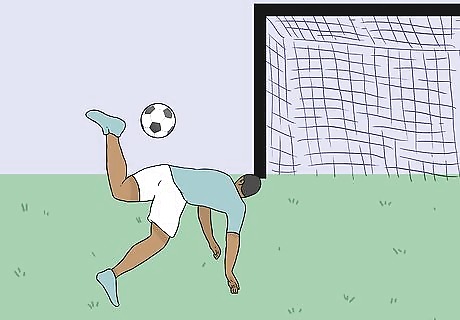
Get back up quickly. If you’re up on offense and have shot the ball toward the goal, you’ll need to get back on your feet to continue playing. There’s a chance your shot was blocked and if you’re the closest player, you may need to be ready to kick it back into the goal to save the score.




















Comments
0 comment